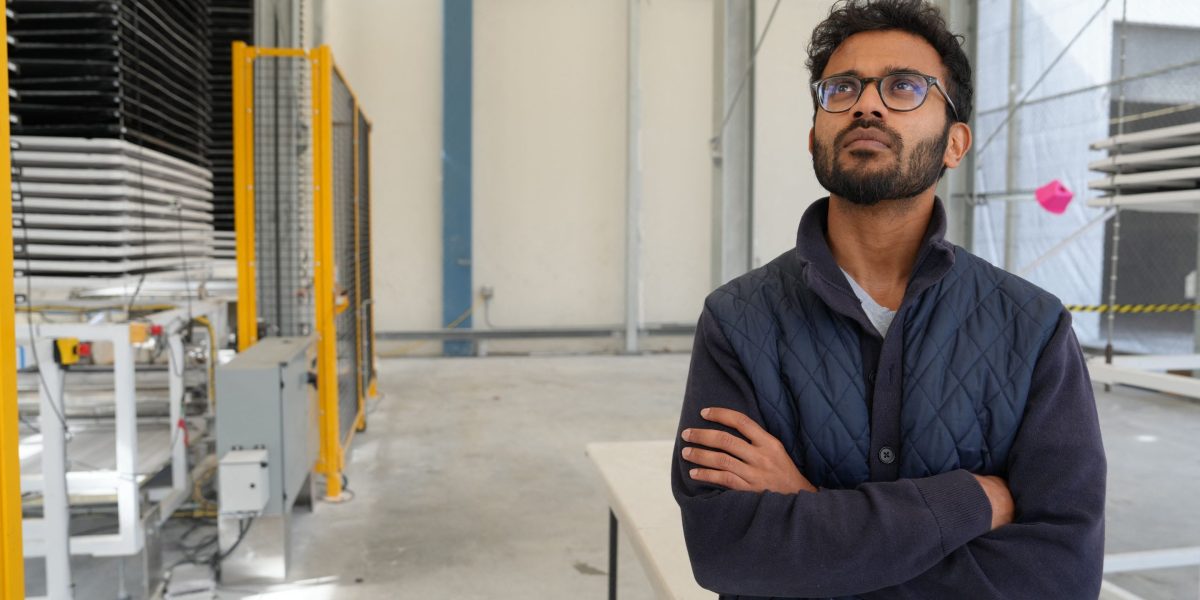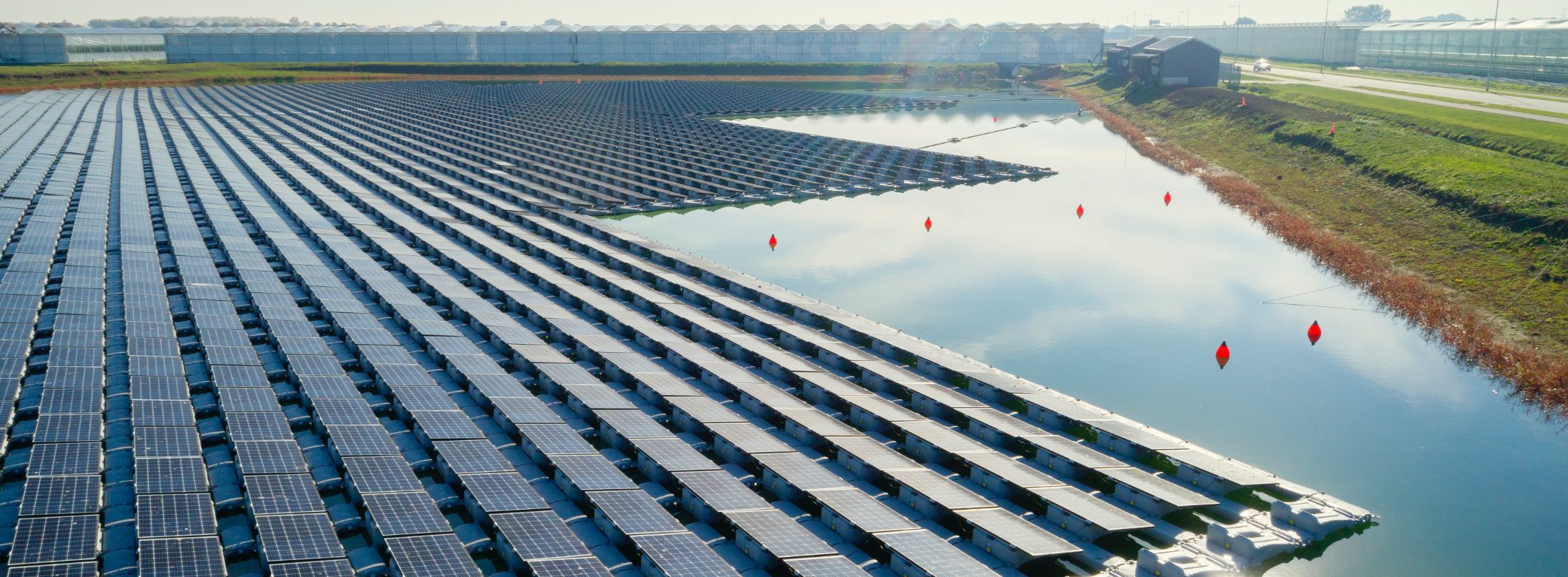For the last century, rising levels of carbon dioxide helped plants grow faster, a rare silver lining in human-caused climate change. But now, as drier conditions set in across much of the globe, plant growth may be failing to keep up with emissions, a new study suggests.
[...]
The study suggests that photosynthesis sped up until around the year 2000, at which point it began to level off, owing to more arid conditions. Looking ahead, authors say, the rate of photosynthesis could flatten out entirely, making it harder to keep rising carbon emissions — and warming — in check. The
findings were published in the journal
Science.


